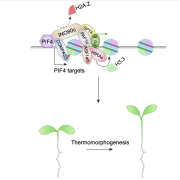
Coordinated histone variant H2A.Z eviction and H3.3 deposition control plant thermomorphogenesis
Plant Science Research WeeklyThe effect of temperature on plant morphology is known as thermomorphogenesis. The phytohormone auxin is important for thermo-induced cell elongation. In Arabidopsis thaliana, Phytochrome-Interacting Factor 4 (PIF4) forms the central hub of the thermal response pathway and directly regulates auxin synthesis…
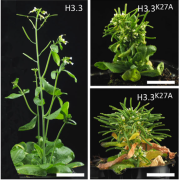
Single-residue substitution in histone H3 leads to over-lignification in Arabidopsis
Plant Science Research WeeklyChromatin changes are at the core of plant development and adaptation, as they constitute a crucial layer of gene expression control. The effects of different chromatin marks have historically been studied through mutations to the protein complexes depositing and removing the marks, which results in…
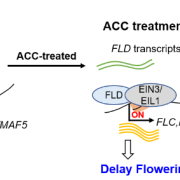
EIN3/EIN3-LIKE1 modulate FLC expression via histone demethylase interaction
Plant Science Research WeeklyFlowering time is determined by both endogenous factors and environmental cues to ensure successful reproduction. ETHYLENE INSENSITIVE 3 (EIN3) and EIN3 LIKE 1 (EIL1) are transcription factors which are the key downstream regulators of ethylene signal transduction. Rapid flowering is promoted by the…
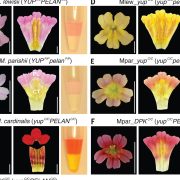
Pigment-regulating small siRNAs from YUP locus are responsible for speciation of monkeyflowers
Plant Science Research WeeklyIt has always been of interest to the plant community to understand the mechanisms behind the evolution of diverse floral carotenoid pigmentation within a genus. In this paper, Liang et al. investigated the mechanism behind monkeyflowers (Mimulus spp.) speciation driven by the flower color locus, YELLOW…
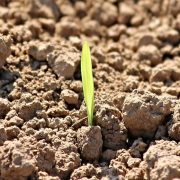
More warm-adapted species in soil seed banks than in herb layers
Plant Science Research WeeklyClimate change profoundly impacts plant communities, for example, by changing the geographic range of some species and locally extinguishing others. Yet these changes take time, maybe a few years, to be observed. This lag between climate and plant communities changes could result from the soil seed bank…
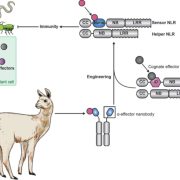
Bioengineered “pikobodies” confer plant disease resistance
Plant Science Research WeeklyThe vertebrate adaptive immune system is truly an evolutionary marvel. With its ability to mix-and-match segments of immunoglobulin genes, a nearly unlimited diversity of antigens can be recognized. Plants lack this ability, greatly limiting the number of antigens (and pathogens) any individual can recognize.…

Plant Science Research Weekly: March 10, 2023
Blog, WWR Full PostReview: Salt-tolerant crops: Time to deliver
Few topics are as inherently interesting from both fundamental and applied perspectives as salt tolerance in crop plants. From the basic science side, cells have several strategies that they use to keep Na+ levels low in their cytosol in spite of what can…
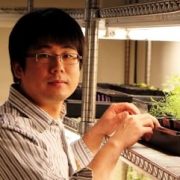
Daewon Kim: The Plant Cell First Author
The Plant Cell: Author Profiles
Daewon Kim, first author of "The Raf-like MAPKKK INTEGRIN-LINKED KINASE 5 regulates purinergic receptor-mediated innate immunity in Arabidopsis"
Current position: Research Scientist in Dr. Gary Stacey’ Lab, Division of Plant Science and Technology, University of Missouri-Columbia
Education: Ph.D.…

Yanbin Yin: Plant Physiology First Author
Plant Physiology: Author Profiles
Yanbin Yin, first author of "Two Interacting Basic Helix-Loop-Helix Transcription Factors Control Flowering Time in Rice"
Current Position:Ph.D. candidate, Rice Research Institute, College of Agronomy, Shenyang Agricultural University
Education:
Sep. 2018. 09 ~ now, Ph.D. candidate in crop…

